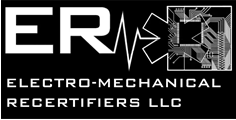Unlike the rest of the restoration industry, the document recovery and reclamation segment lacks standardization. There is no universal system like Exactimate or Institute of Inspection, Cleaning and Restoration (IIRC) certification. The processes for treating damaged documents, and the rates charged for those services vary greatly. However, the best document recovery contractors do follow very specific guidelines and practices.
Recovering Valuable Papers
Damaged documents must be stabilized quickly to minimize and avoid additional damage and prevent other problems. During and following a water loss a standard letter/legal sized box can absorb and retain several gallons of water. Such saturation threatens the integrity of the documents and significantly thwarts mitigation efforts and provide a source for microbial growth. To prevent these problems and other unnecessary expense, damaged documents should be removed as quickly as possible and blast frozen to arrest the bleeding of ink and microbial growth.
Once stabilized, the documents must be dried. Although there are a variety of document drying systems, vacuum freeze drying and desiccant drying are the most widely used. Each process has distinct advantages and disadvantages.
Vacuum freeze drying will result in a less wrinkled finished product and is generally preferred for books and clay-coated paper. However, vacuum freeze dry chambers are comparatively small; companies using this system exclusively can develop significant backlog following major loss events.
Download and print the full articles (PDF)
By: Rob Schmidt
Reprinted with permission of the Insurance Journal April 4, 2011

Recent Comments